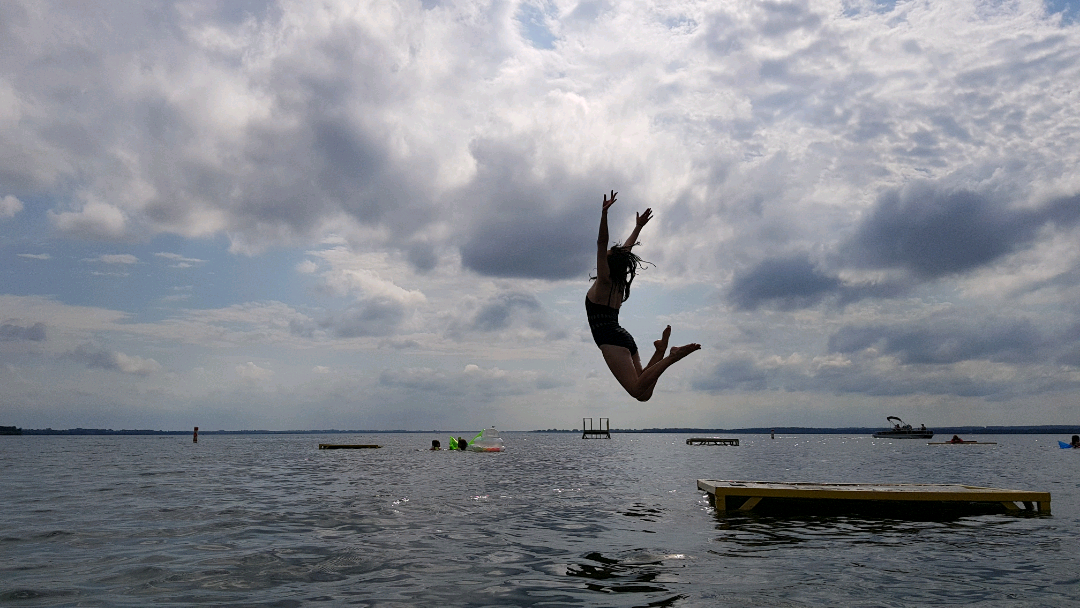Participating in a BridgeUSA cultural exchange program to the United States is an exciting experience. Among the many adventures awaiting you, water activities such as swimming, boating, and beach outings are popular activities across the country. However, it’s important to prioritize safety when enjoying these activities to ensure a fun experience. In this guide, we’ll explore some water safety tips for cultural exchange participants visiting America.
1. Learn to Swim. If you’re not already proficient in swimming, consider taking lessons before engaging in water activities. Many communities offer swimming lessons catered to adults, which can help build confidence and essential skills for water safety.
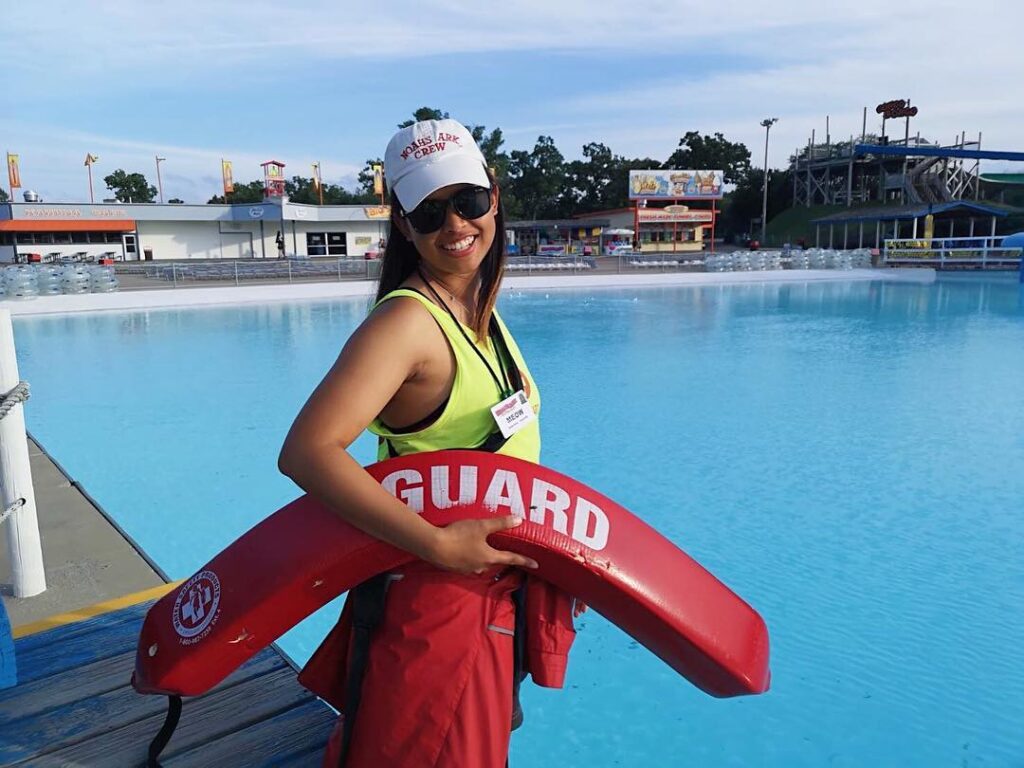
2. Understand Water Conditions. Before heading out for a swim or any water-related activity, familiarize yourself with the local water conditions. Pay attention to signs and warnings at beaches or lakes regarding currents, tides, and any potential hazards. Avoid swimming in areas marked as dangerous or where there are no lifeguards on duty.
3. Wear a Life Jacket. When participating in water sports like boating or kayaking, always wear a properly fitted life jacket, regardless of your swimming ability. In the event of an accident or unexpected circumstances, a life jacket can be a lifesaver.
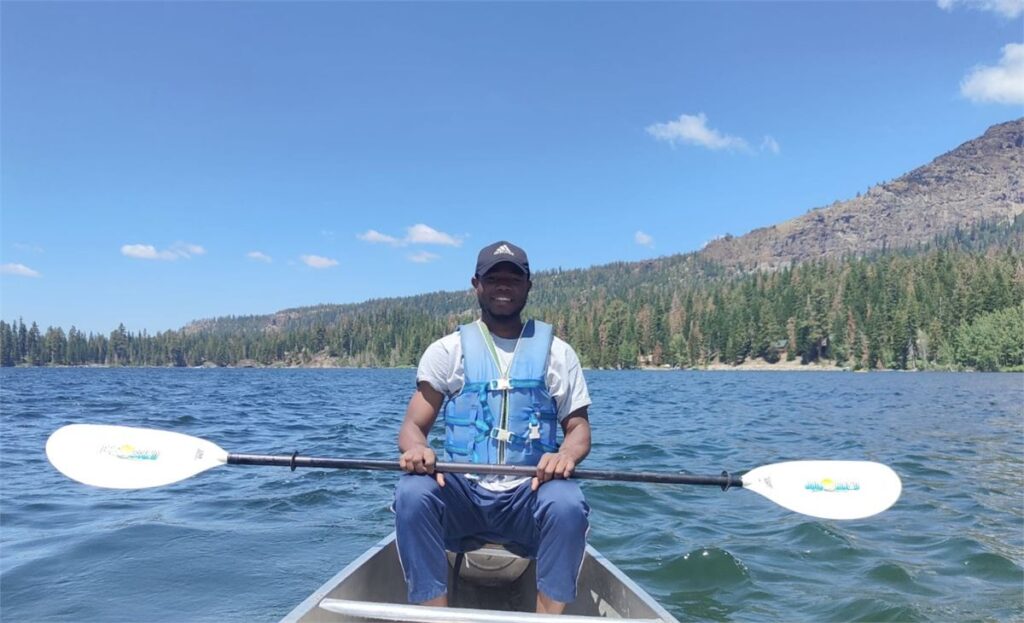
4. Buddy System. Adopt the buddy system whenever engaging in water activities. Pair up with a friend, and keep an eye on each other while swimming or exploring waterways. Having a buddy increases safety and provides assistance in case of emergencies.
5. Stay Hydrated. Spending time in the sun and engaging in physical activities like swimming can lead to dehydration. Remember to drink plenty of water to stay hydrated, especially on hot days. Avoid consumption of alcohol, as it impairs judgment and increases the risk of accidents in the water.
6. Know Emergency Procedures. Familiarize yourself with emergency procedures and contact information for local authorities, including the nearest hospital or urgent care center. In case of an emergency, knowing who to call and what to do can make a significant difference in the outcome.
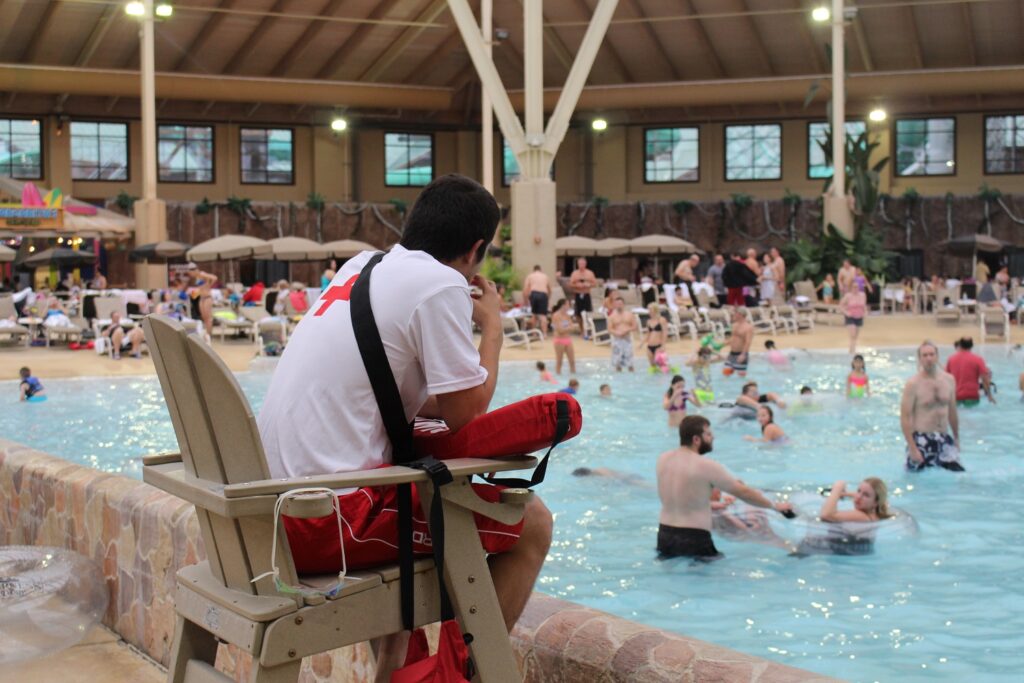
7. Sun Protection. Protect your skin from the sun’s harmful rays by wearing sunscreen with a high SPF rating, sunglasses, and a wide-brimmed hat. Reapply sunscreen regularly, especially after swimming, to prevent sunburn and long-term skin damage.
8. Respect Marine Life. When swimming in natural bodies of water, respect the local marine life and ecosystem. Avoid touching or disturbing wildlife, as some species may be dangerous or protected. Be mindful of coral reefs and underwater plants to prevent damage to fragile ecosystems.
9. Stay Informed. Lastly, stay informed about water safety guidelines and regulations in the areas you plan to visit. Each region may have specific rules and recommendations, so take the time to research and stay updated on the latest information.
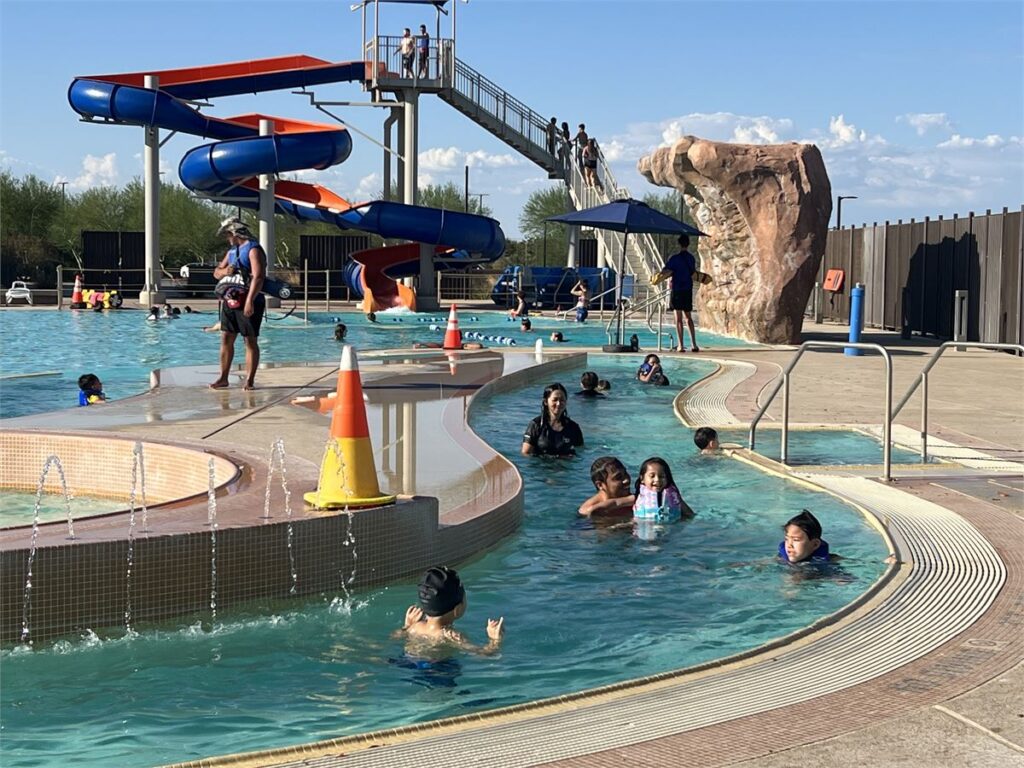
Exploring the waters of America can be an exciting experience, but it’s important to prioritize safety at all times. By following these water safety tips and guidelines, cultural exchange participants can enjoy water activities responsibly while minimizing the risk of accidents or mishaps. Remember, staying safe in the water ensures that your time in the United States is not only enjoyable but also memorable for all the right reasons.

